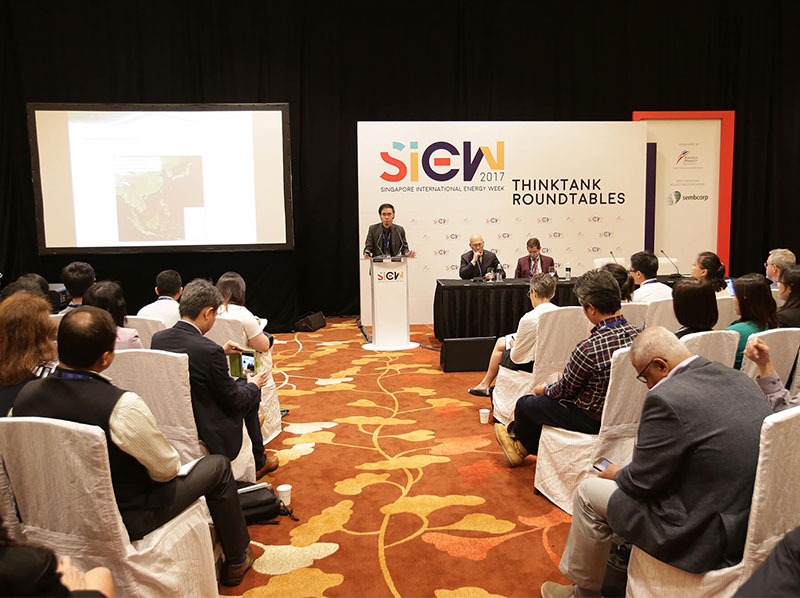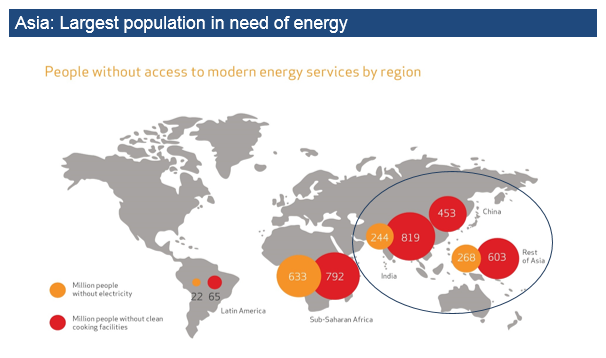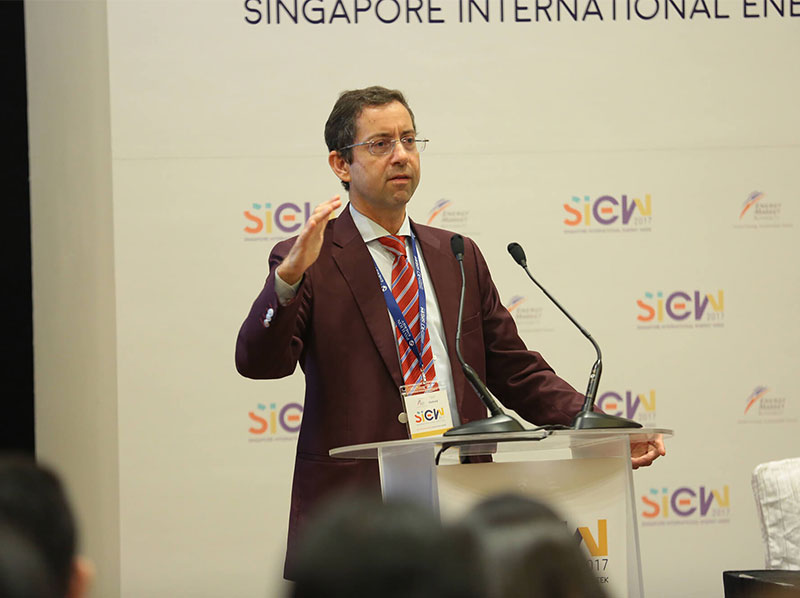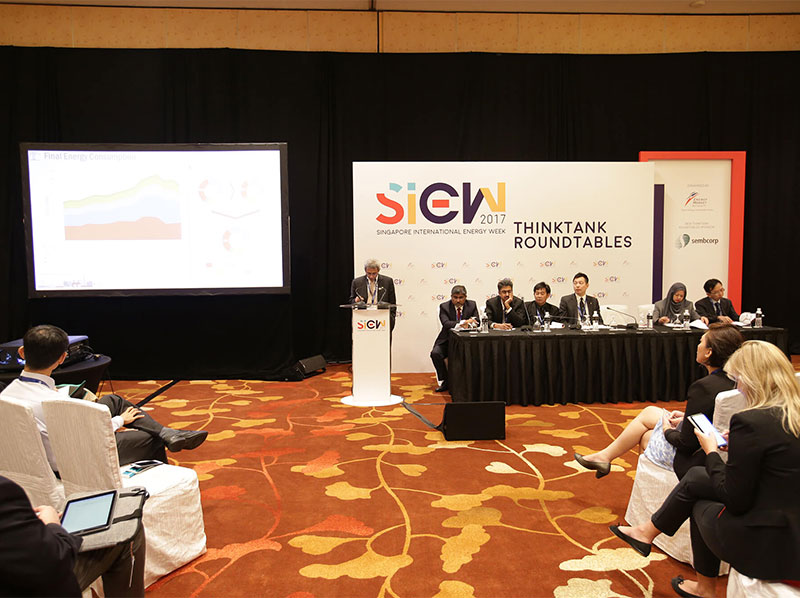By Lin Huiping
In 2013, China unveiled the Belt and Road Initiative (BRI) to strengthen connectivity between Asia, Europe, and parts of Africa and Eurasia. This consists of the land-based Silk Road Economic Belt, which itself comprises six corridors, and the sea-based Maritime Silk Road.

With the rapid increase in Asia’s energy demand, the BRI will be instrumental in bringing the region together to share energy reserves, build necessary infrastructure, foster economic growth, and drive cleaner energy, said participants of a roundtable at SIEW 2017.
The roundtable shared insights on the BRI and its energy impact:
How will BRI impact energy in Asia?
Asia’s energy consumption by 2030 is projected to be half of global consumption, said Dr Patrick Ho, Secretary General, China Energy Fund Committee.
However, most parts of Asia today still lack access to modern energy infrastructure and bargaining power in the energy trade.

“BRI will facilitate energy cooperation with emphasis on investing in energy infrastructure, integrating industry chains across countries, setting up financial systems and developing a green and sustainable energy network,” said Dr Ka Ho Yu, an associate at the Belfer Center for Science & International Affairs, Harvard University Kennedy School.
Financial platforms to support unconventional energy research and development will also be promoted through the BRI’s investment in new energy technologies.

Cleaner energy for the region?
Coal continues to be a major fuel source in Asia, particularly South Asia and Southeast Asia.
China has begun initiatives to develop and improve clean coal technologies, said Mr Robbin Bishoen, Chief Energy Advisor to the BOD, COHG Hengtai Energy Co. Ltd. The country has also embarked on pilot projects offering LNG as an alternative fuel.
Dr Gal Luft, Co-Director, Institute for the Analysis of Global Security (IAGS), added that the need for sustainability has to be balanced by the needs for energy access and security. “Having energy is better than clean energy. Let’s not deprive poor countries access to any form of energy.”

What is the biggest challenge in driving the BRI?
The scale of the BRI demands strong multilateral cooperation, said Dr Luft. With the BRI spanning numerous countries across Asia and Europe, issues of geopolitical tensions and geoeconomic objectives will need to be tackled.
Dr Luft added that with China’s biggest companies being mostly state-owned, “one of the biggest challenges China will face is enticing private business to invest in this initiative.”